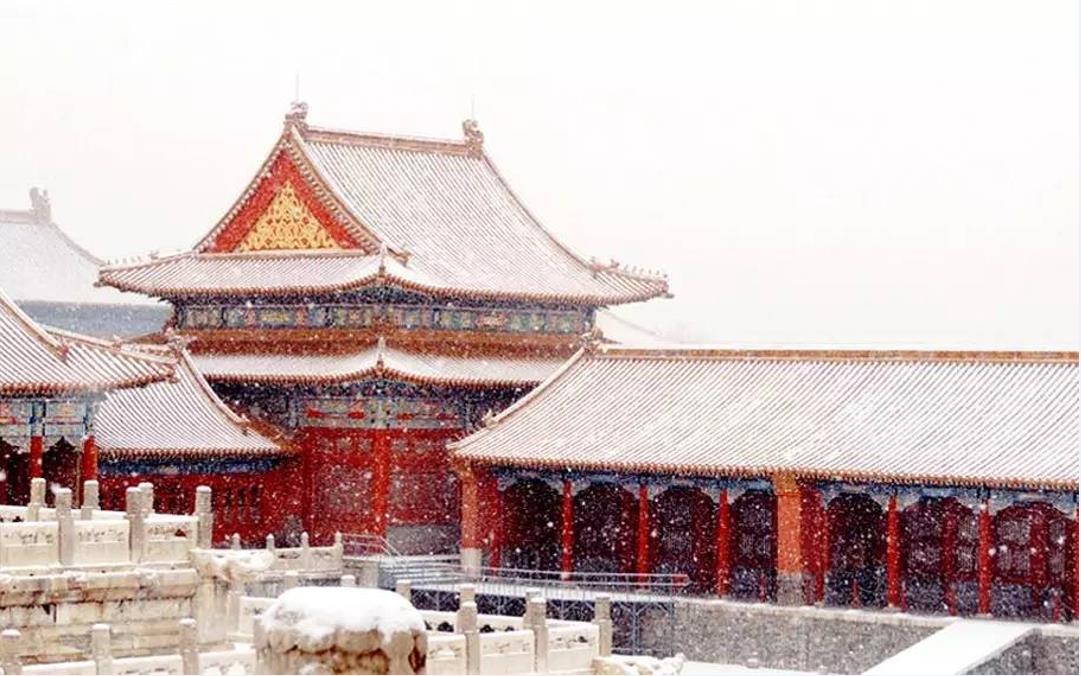|
White snow, silver wrapped, auspicious snowheralds a bountiful year. Beijing, approaching Christmas, has been decorated inadvance, dreamy yet full of hope.

But with the arrival of winter, the powergeneration of photovoltaic power stations will decrease. In addition to thereasons of light, there are also factors such as haze, snow, and lowtemperature. To ensure our power generation as much as possible, we need to dothese works well.

1. Cleaning of photovoltaic modules
In winter, due to dry weather and heating,there will be relatively more haze weather. If the haze weather lasts for along time and particulate matter in the air accumulates on the surface ofphotovoltaic modules, it will form obstruction, which may cause a hot spoteffect, resulting in a decrease in power generation and even fire.
At this time, it is necessary to clean thesurface of the photovoltaic module in a timely manner to avoid dustaccumulation. It is recommended to use Multifit photovoltaic cleaning brushes,photovoltaic cleaning robots, and other equipment. If problems are found withphotovoltaic modules, they need to be replaced in a timely manner.

2. Snow clearing
After snowfall, snowflakes cover thephotovoltaic modules, reducing the solar radiation received by the modules,which directly reduces the photovoltaic power generation and may also cause hotspot effects. Therefore, it is necessary to clean up the snow in a timelymanner.
When cleaning, do not wait for too muchsnow to accumulate before cleaning to prevent components from freezing. Do notuse hot water to flush the photovoltaic panels. Use clean mops, soft items suchas discarded clothing, etc. to push snow down, and do not step on thecomponents to clean.
In addition, thorough snow removal isnecessary. If residual snow covers the solar panel, it will cause the overallphotovoltaic panel to fail and reduce power generation efficiency. Forsmall-scale photovoltaic power stations for household use, the battery panelscan be covered with cloth or plastic paper before heavy snow, and can be peeledoff after snow.

3. Routine inspection of inverters
In low-temperature environments, commonfaults of inverters include: inability to start the inverter, damage tocomponents or parts. Regular inspections can ensure the normal and stableoperation of the inverter.

Multifit Solar has been deeply involved inthe photovoltaic industry for over 15 years, with rich experience in systemresearch and maintenance. If you have any questions about photovoltaics, pleasefeel free to contact us at any time!
|

 6 Keji west road. Hi-Tech Zone Shantou City, GuangDong,China
6 Keji west road. Hi-Tech Zone Shantou City, GuangDong,China +86-0754-81888658
+86-0754-81888658 multifit@multifitele.com
multifit@multifitele.com